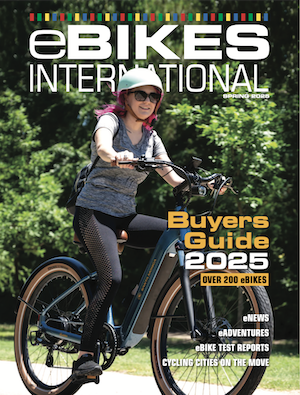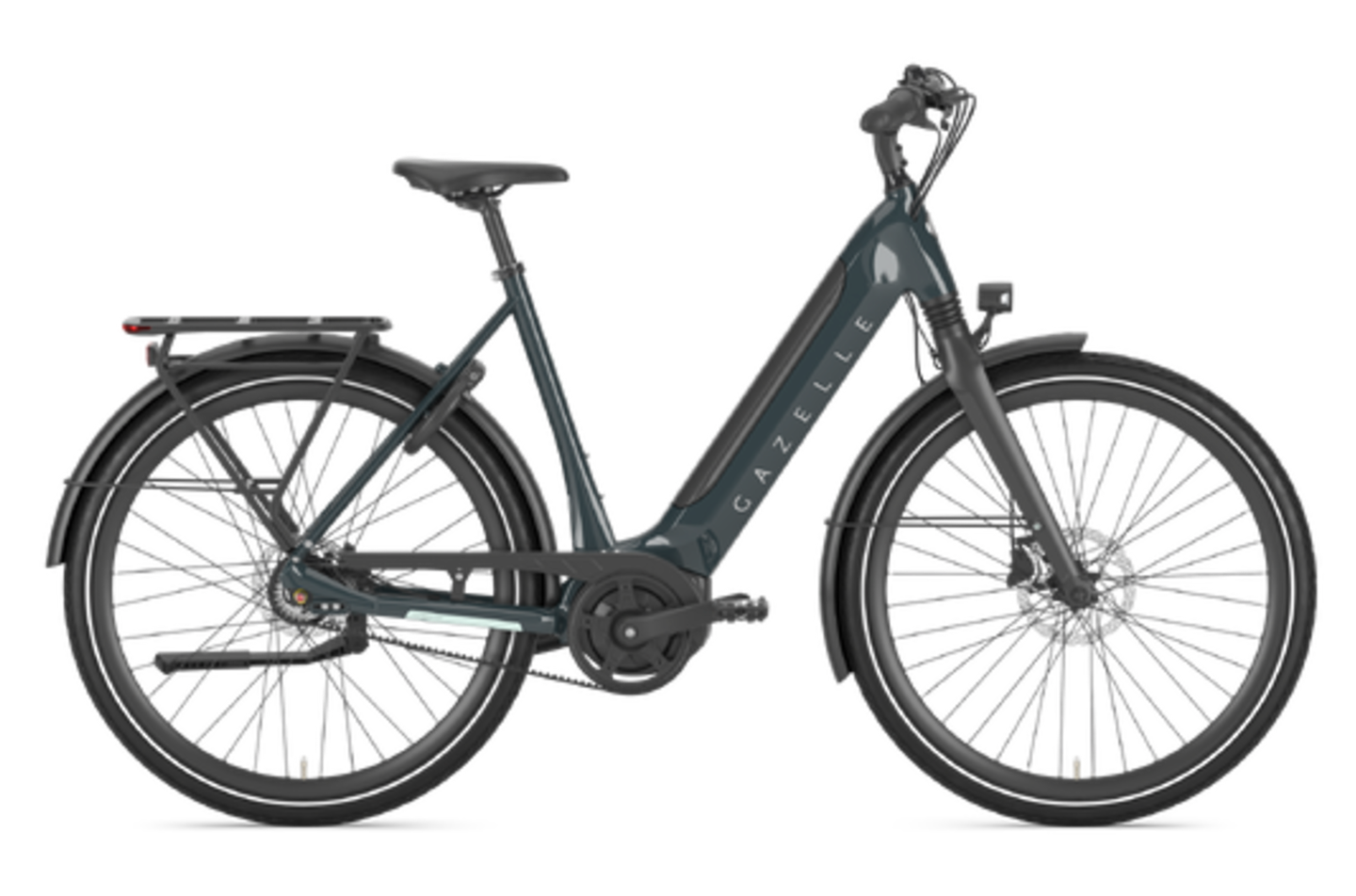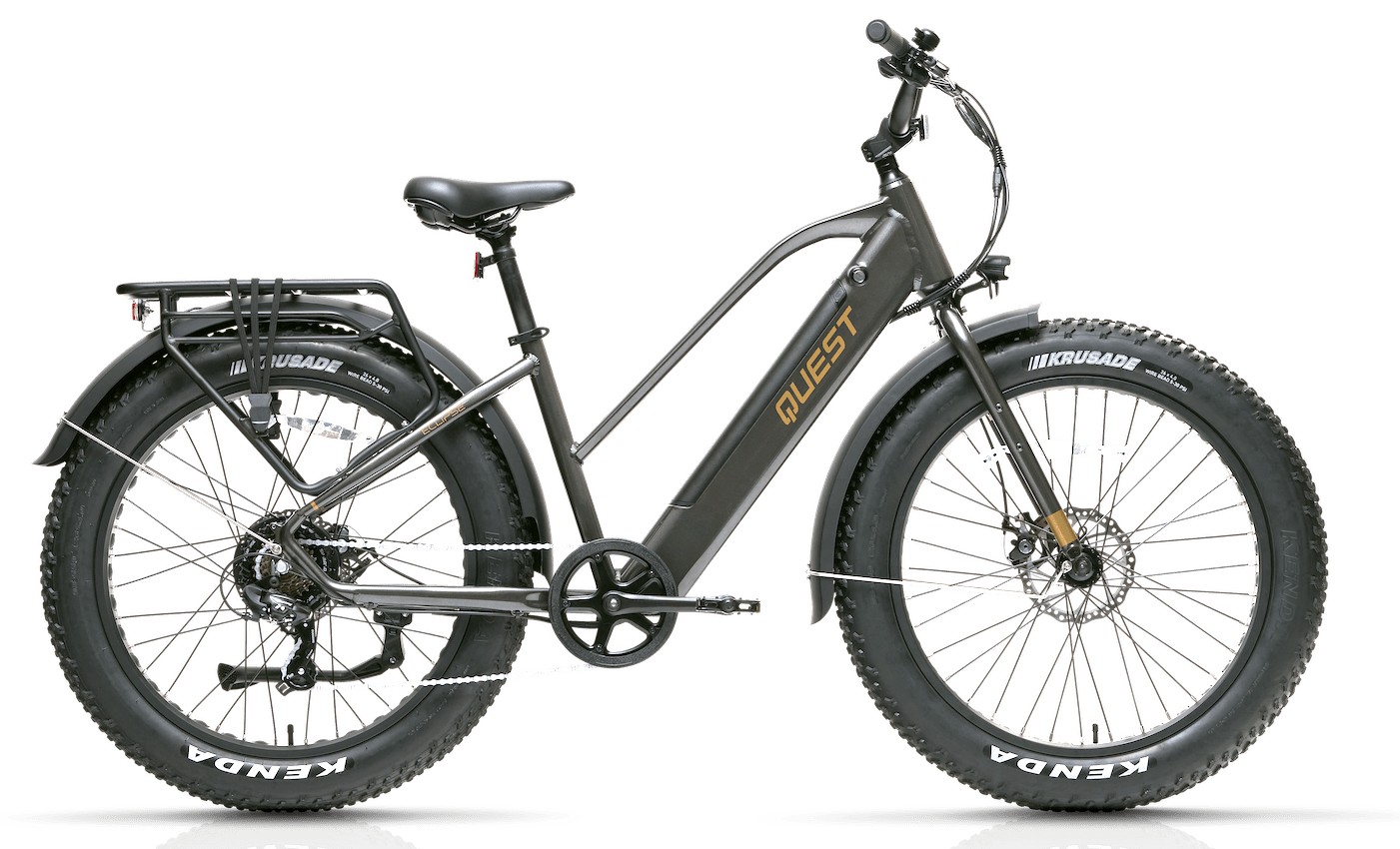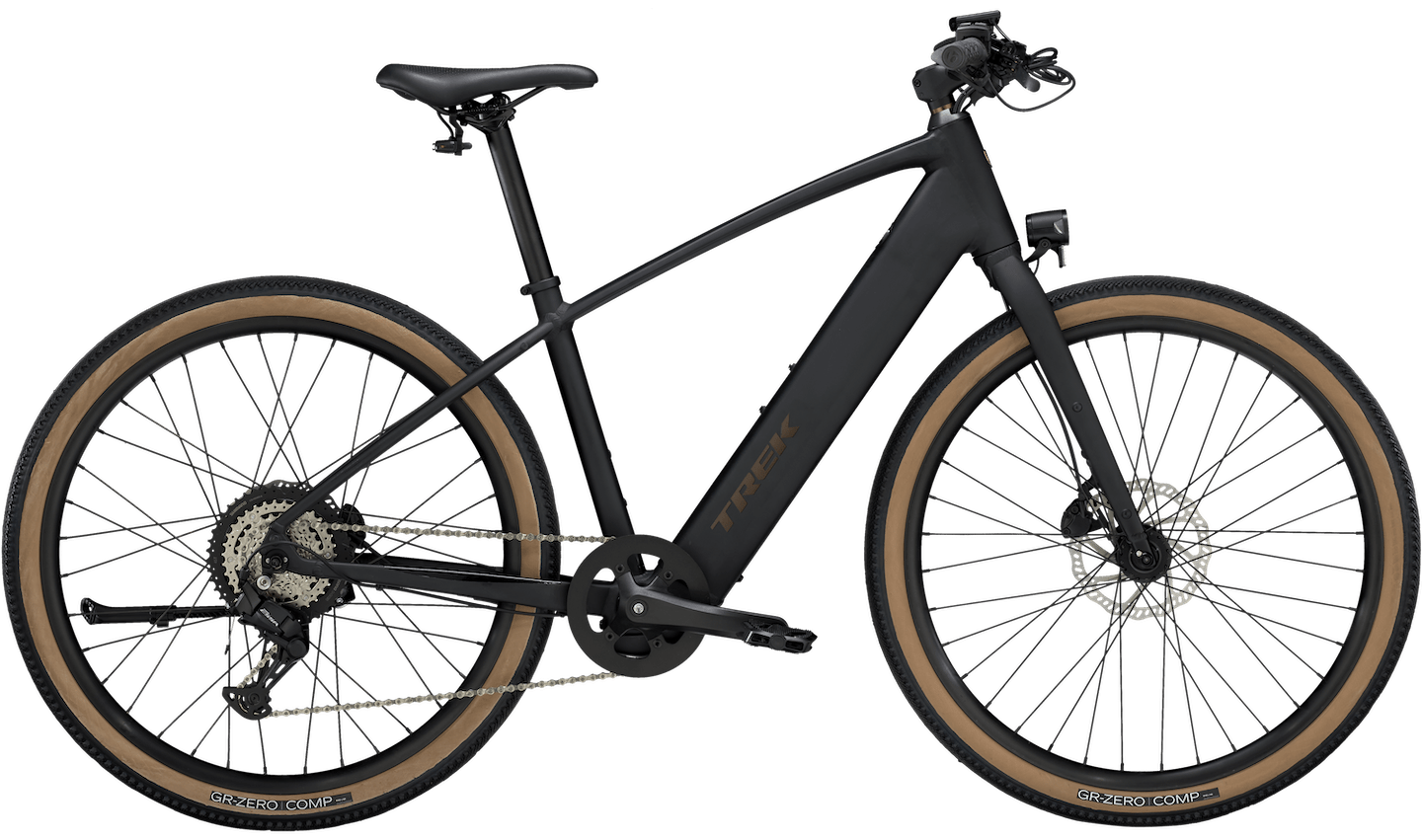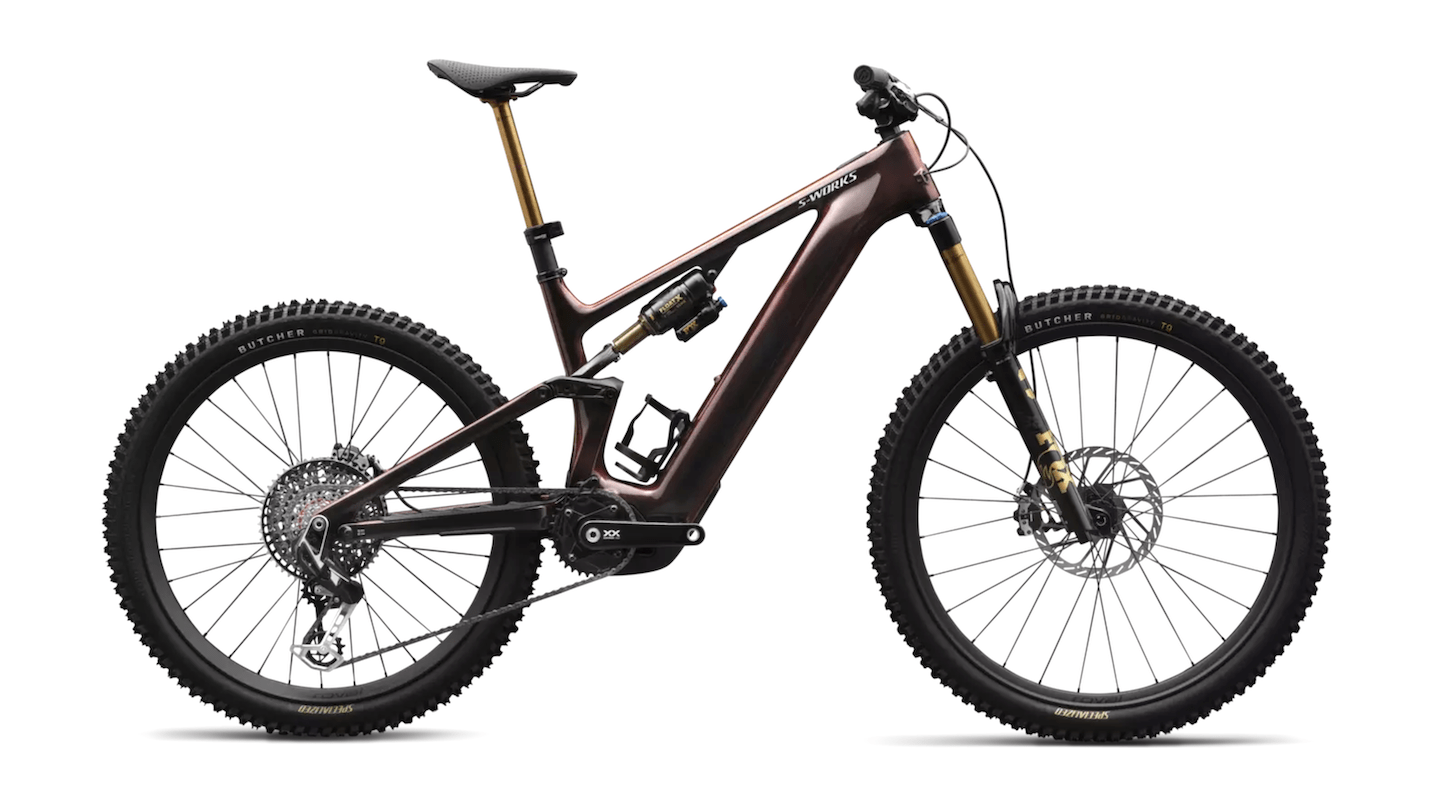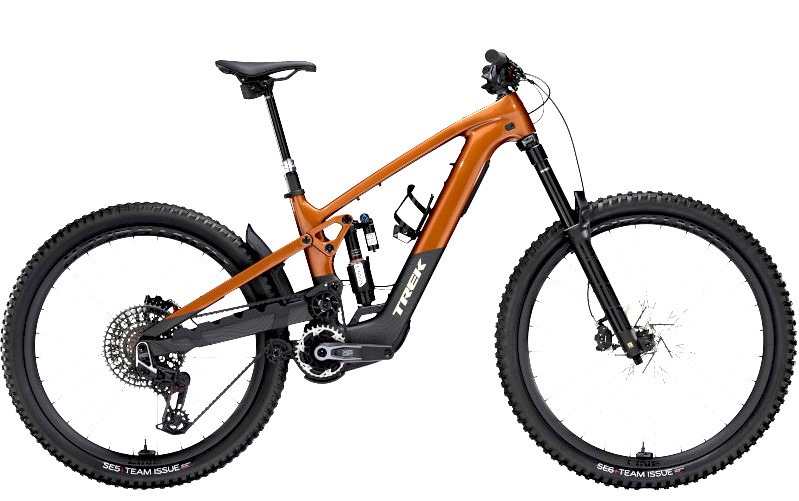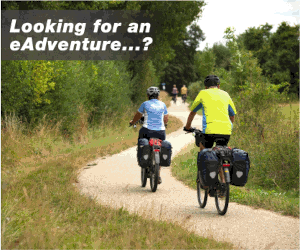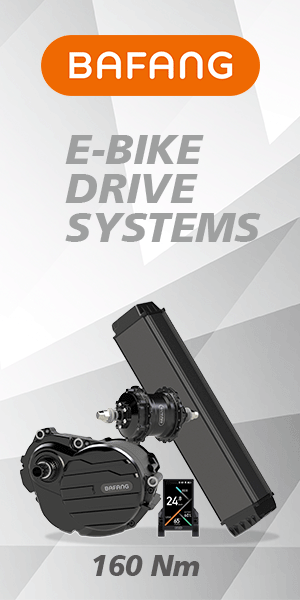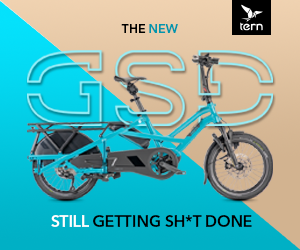July 15, 2021 - Victoria, BC recently made headlines with its new 32km network of “All Ages and Abilities” (AAA) cycling infrastructure, and one of the key players behind such bold improvements in the province’s capital, is Mayor Lisa Helps.
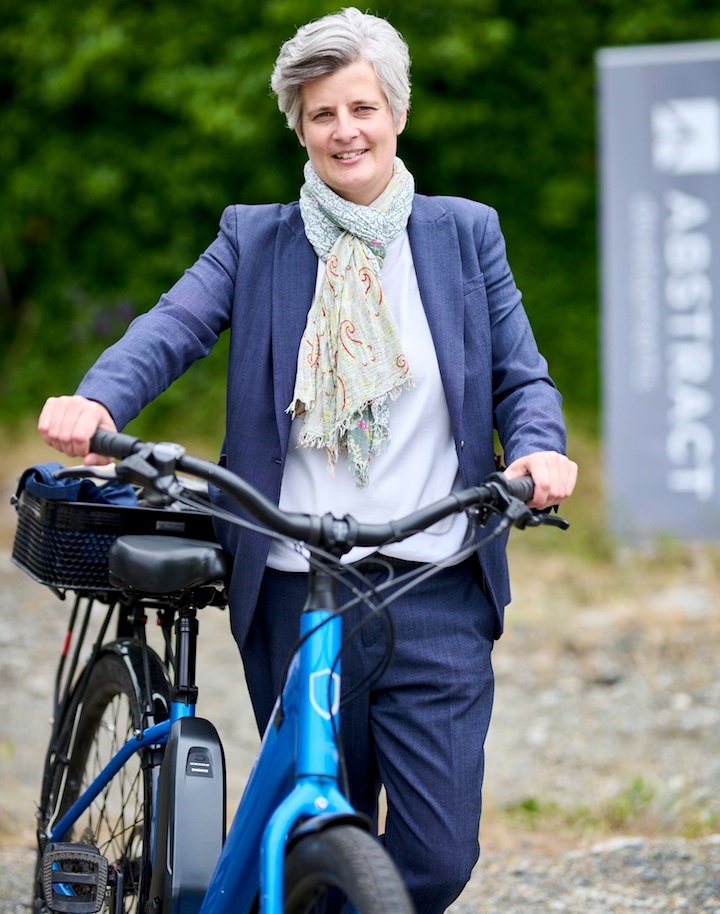
Helps is serving her second consecutive term as the mayor of Victoria, where she kicked off her career in politics as a City Councillor back in 2011. For over a decade, this civil servant has worked hard to improve the wellbeing of her community, where she’s made cycling an integral part of her personal and professional life.
Touted as Canada’s most bike-friendly city (UBC study and Redfin ranking), Victoria enjoys mild year-round climate compared to the rest of the country, which is perhaps why cycle-commuting is much higher there than elsewhere. In fact, Victoria was one of the first cities in Canada to launch “Bike to Work Week” in the mid 90s, and Helps herself is on two wheels when she can.
“Cycling has been my primary mode of transportation since I was 13,” says the Mayor. “So when it came to giving up my car a few years back, it was pretty easy. It just sat there on our driveway, which we’ve since turned into a beautiful garden.”
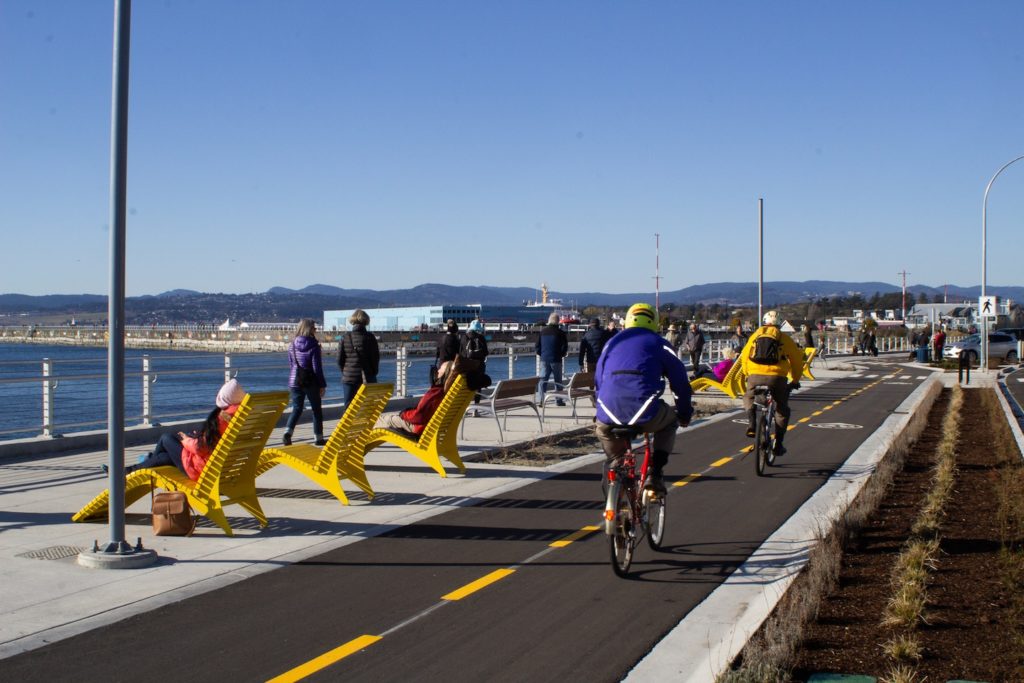
Helps realizes it may not be easy for everyone to lighten their transportation footprint and hopes the Victoria’s new AAA cycling network will nudge people along. The route of connected corridors is designed to improve road safety and provide affordable transportation options for residents. Its ultimate goal is to provide safe, comfortable connections for people who want to ride more often or who are concerned about safety when accessing schools, parks, community centres, regional trails, and destinations by bicycle throughout the community.
“Safety is the biggest barrier to cycling,” says the Mayor, “The research we did with Simon Fraser University indicated that 60% of people would bike if they felt safe. And I don’t count paint on the roads as safe. Safe to me is separated bikeways. That’s the transformational piece required to get more people onto bikes (and out of their cars).”
Last summer, as a result of the pandemic, the city launched “Build Back Victoria” and the reduction in traffic and congestion was evident. Limited vehicle access, alongside expanded patios, and outdoor retail space and plazas meant people could enjoy life on the streets, while adhering to physical distancing requirements. Initiatives like this, and the added safety that comes with the AAA’s separated bikeways, has led to a significant reduction in vehicle traffic.
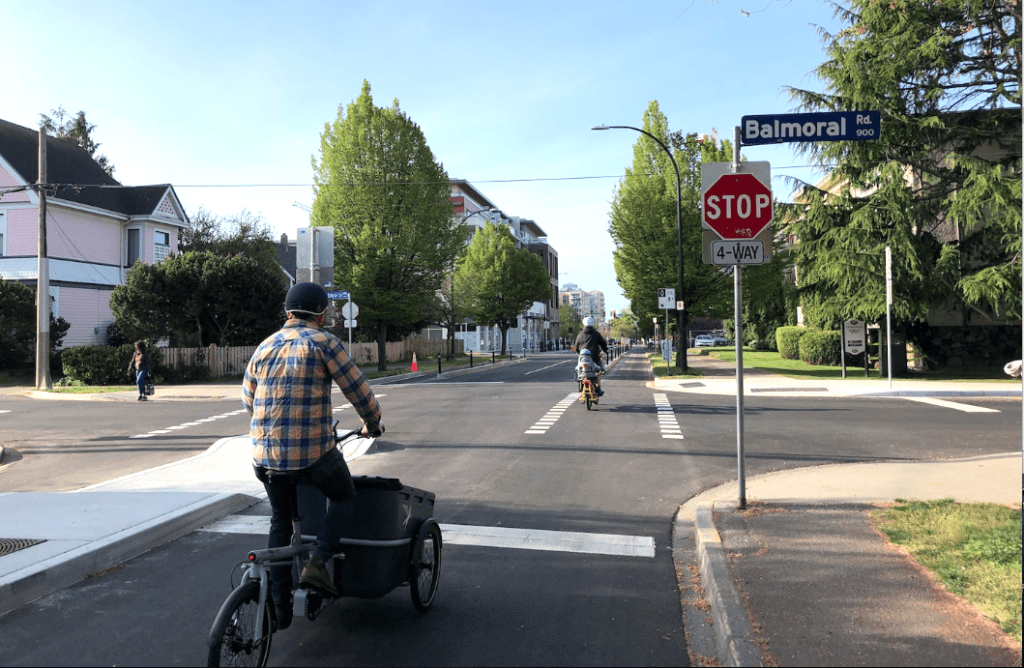
“On Vancouver Street alone where we used to see 3,000-5,000 cars, there are now between 500-1,000,” says the Mayor. Infrastructure is key when it comes to creating safer streets and what Helps refers to as a complete approach. “Build infrastructure and you allow for safe cycling,” says Helps. “I just saw two parents cycling with three kids – the youngest looked to be just learning. They were riding safely in a separated bike lane where the cars can’t touch them.”
Given the many benefits of cycling for health, the environment, and for society at large, when asked about her cycling strategy, the Mayor was quick to correct me.
“I call it the City’s wellbeing strategy. Biking enhances life and wellbeing for everyone,” says Helps. “Cars are expensive and not just to their owners. We all bear more taxes to maintain our roads and deal with carbon emissions.”
According to BCAA (British Columbia Automobile Association), it costs $6,000-$10,000 to own and operate a car in BC. Money, according to Helps, that could be going into our pockets for things like housing, groceries and travel.
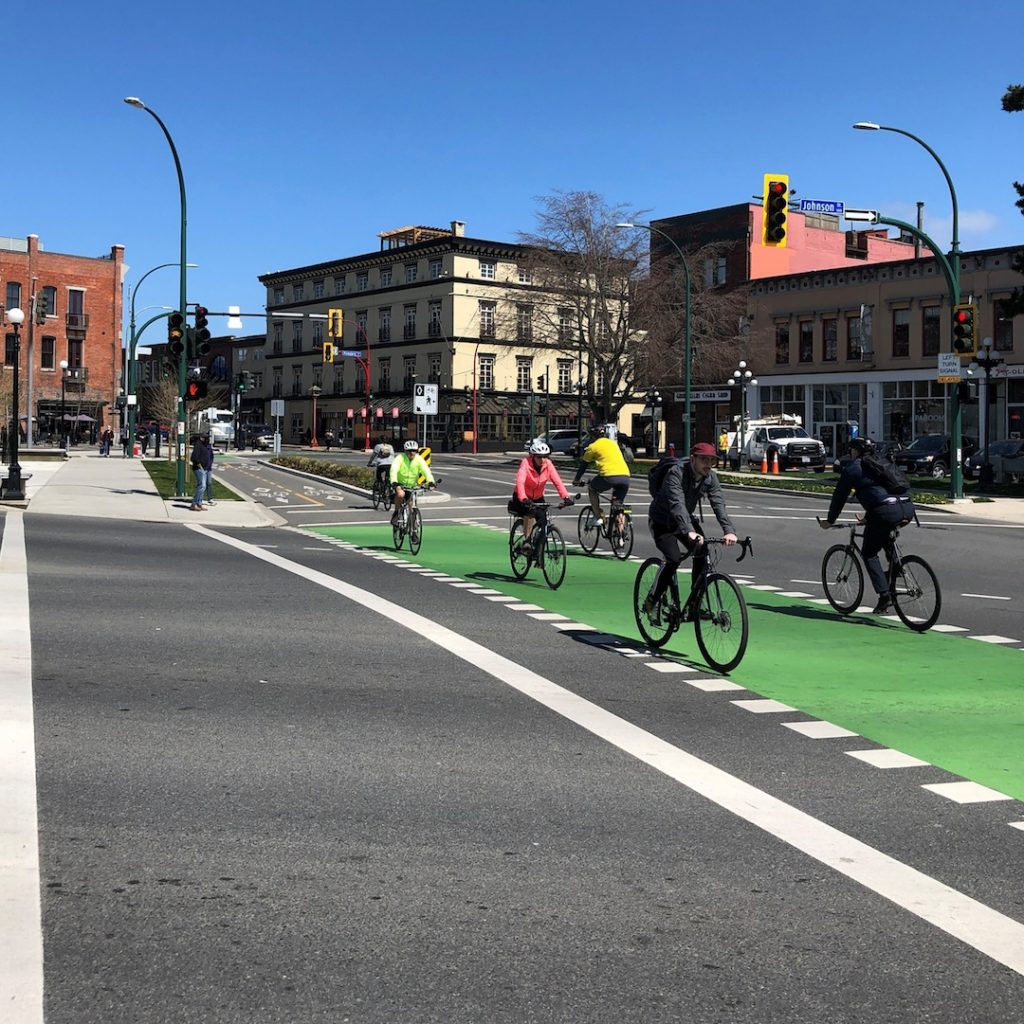
There’s no question the Mayor is doing her part to lessen road congestion in Victoria, where she can be seen commuting to city hall daily by bike or on foot. “I have two bikes,” says Mayor Helps. “If I want to go faster, farther or carry heavy stuff, I ride my e-bike. When I can get to work fast, it allows me to do more in a day.”
Not too many mayors seek out a swim before starting their day, but this one does as she explains how she’ll often “ride to the Gorge, swim, and then ride to work.” A mayoral duathlon of sorts! “On my e-bike I can get to meetings fast, even uphill. It’s awesome and way better than going by car. I get fresh air and a clear head.”
But it’s not all work and no play for Mayor Lisa Helps, as she plans to “go further in the region” on her e-bike this summer. “Maybe explore the Sooke Pot Holes or even Duncan.”
There’s still work to be done on the AAA initiative, but before the Mayor’s term is up, she’s confident it will be. “My goal is to see this network through to the end,” says Helps. “All 32 kilometers will be under construction by October 2022, thanks to the tenacity and political courage of Council.”
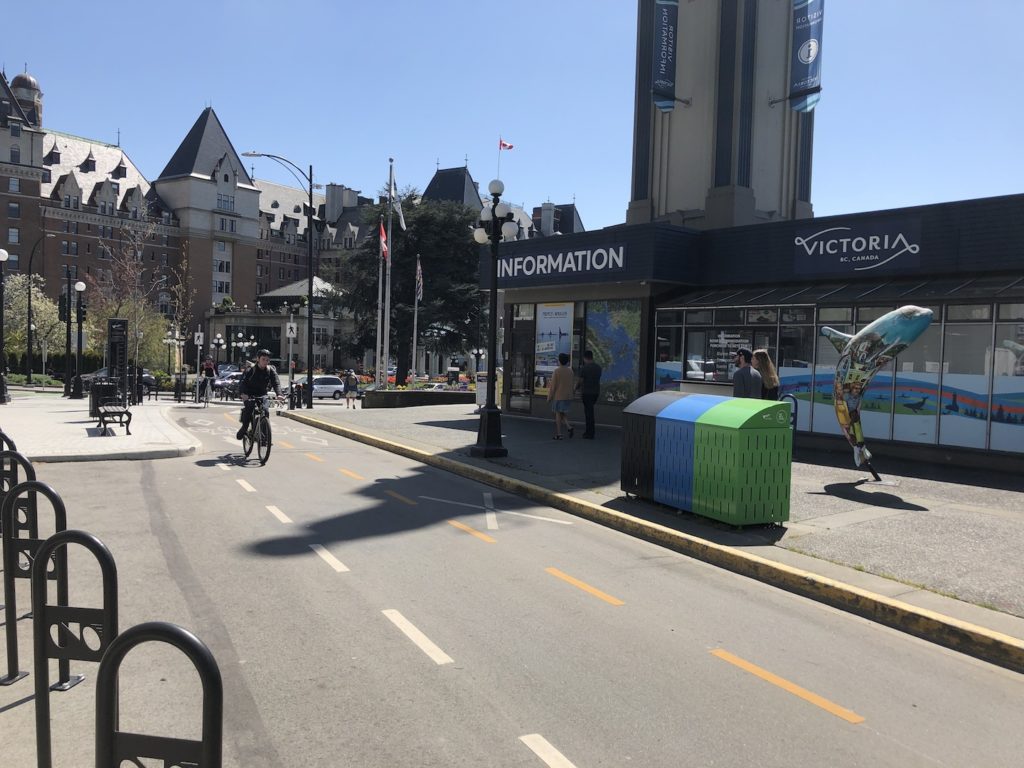
As with most major transformational initiatives, public backlash can often come into play. The AAA network was no different, but with lots of public engagement – in person at first and then virtual meetings with COVID – residents came to understand how beneficial active transportation is for people and the planet.
When asked whether she sees e-bikes as the future of urban transportation and a key part of her Climate Action Strategy, there was no hesitation. “Absolutely,” says Helps. “We know that 40% of our emissions come from (vehicle) transportation. When the 32-km network is complete, it’s expected to reduce that by 10,000 tonnes (of greenhouse gases).”
Add to that the physical and mental health benefits, and the ability for people of all ages and abilities to go by e-bike, the Mayor has definitely sold me on the advantages of trading in my conventional road bike. And that’s probably why roughly 50% of all bicycles sold are now electric. The future looks brighter. The future is electric.
Read more about Mayor Lisa Helps here.



